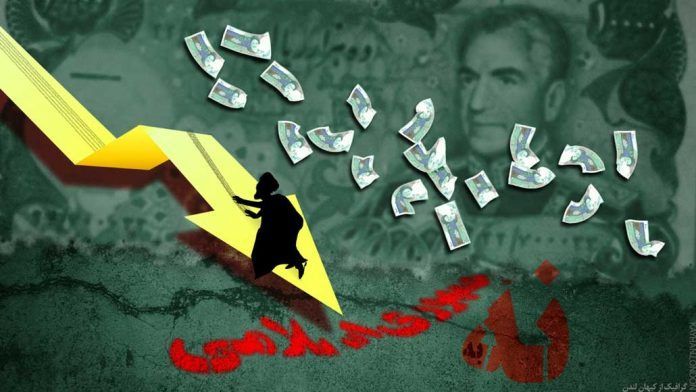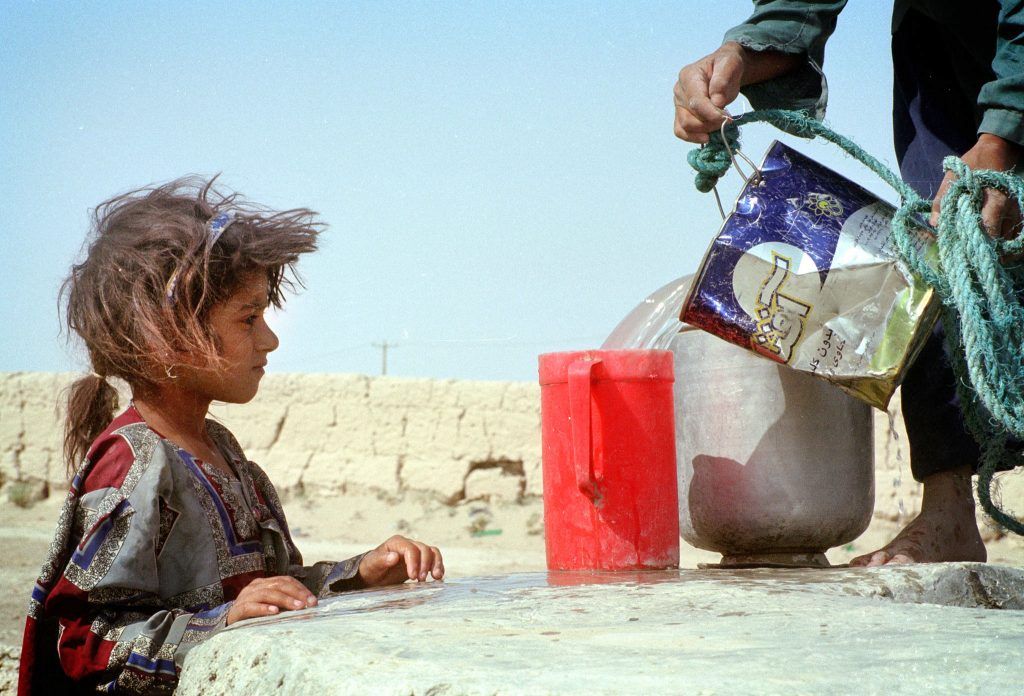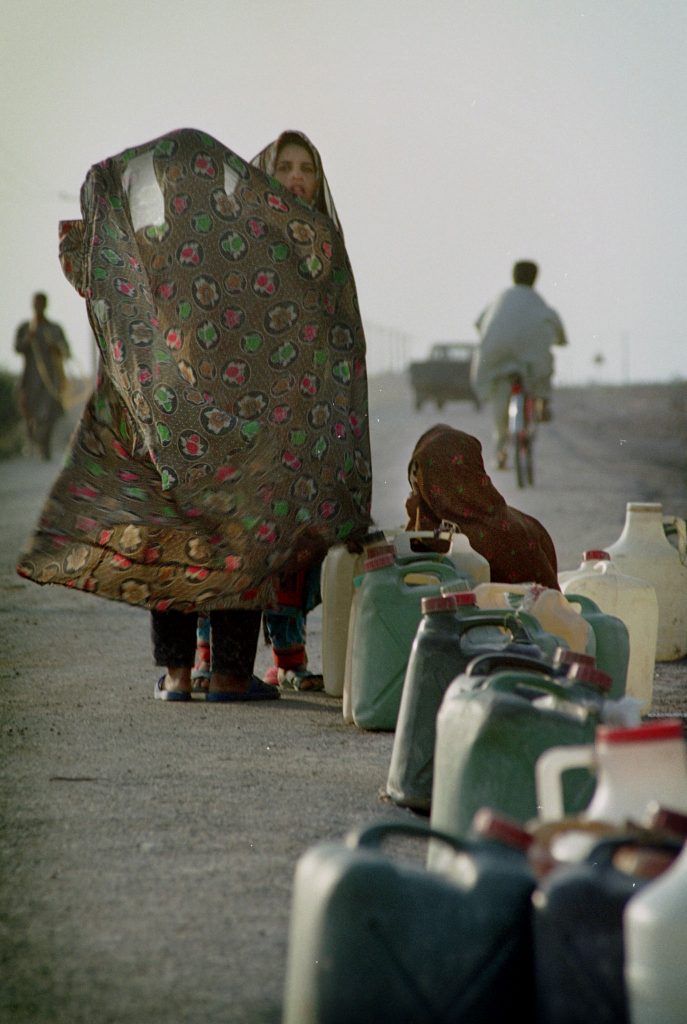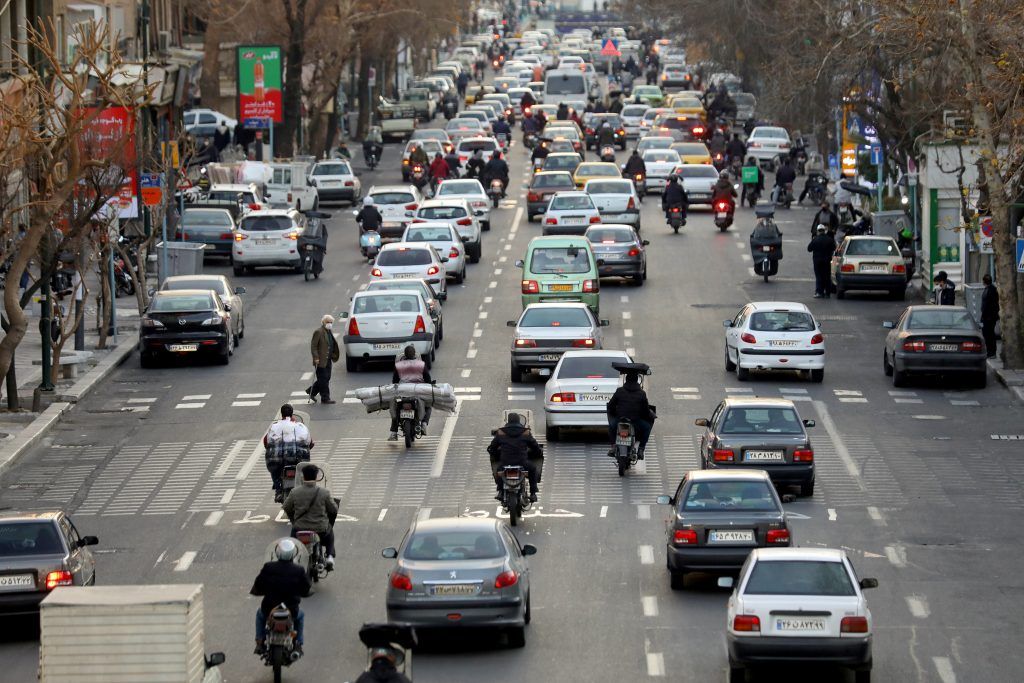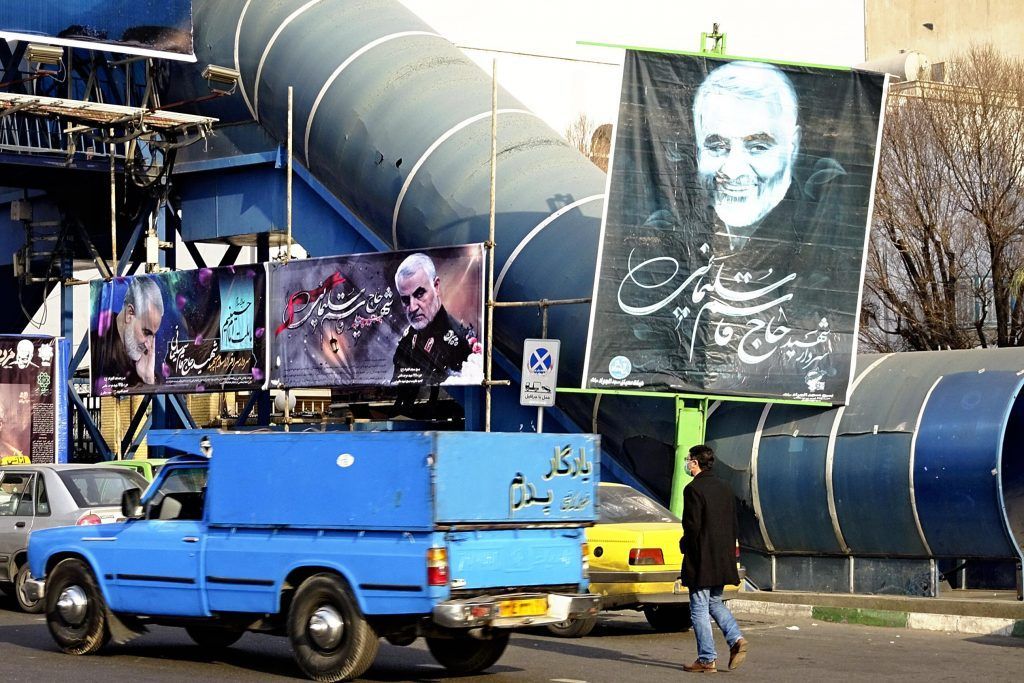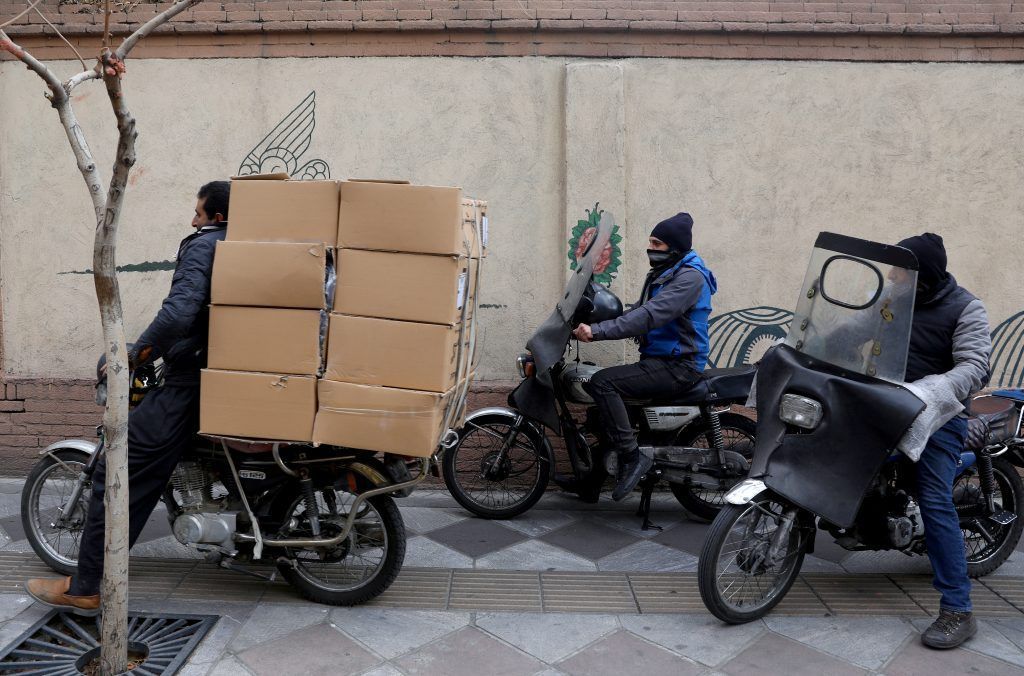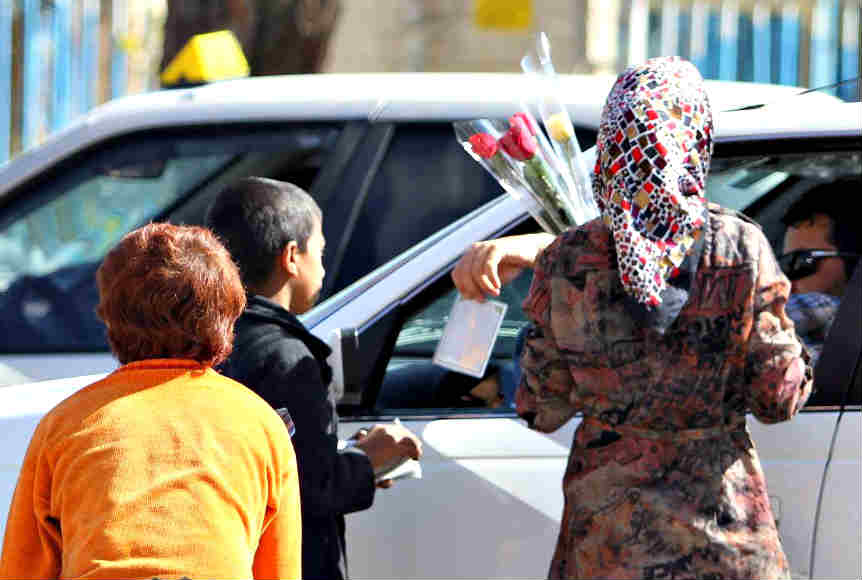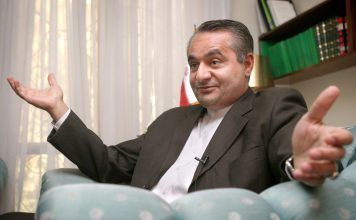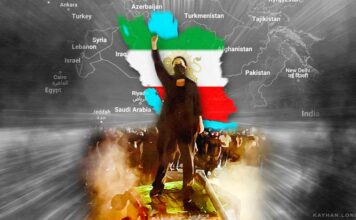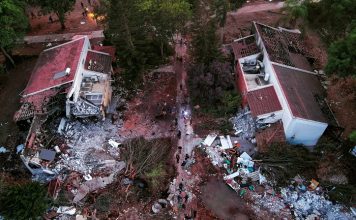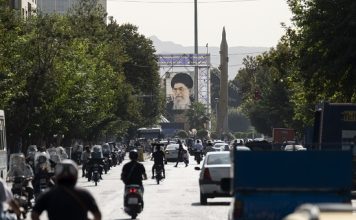In recent days, many Iranians inside and outside the country have joined an online campaign titled “No to the Islamic Republic,” launched earlier this month by some 600 Iranian political dissidents, activists, artists, athletes, and academics living abroad. The campaign is part of a broader response to the political and social crisis that has been exacerbated by the dire economic conditions endured by the country for the past several years.
A select group of privileged insiders has reaped the economic benefits of the Revolution, and a growing number of Iranians have been forced into poverty in the past four decades. It is not surprising that many people should join the “No to the Islamic Republic” campaign.
The 1979 Islamic Revolution’s path to victory was paved with unfulfilled promises of ‘equality’ and ‘classless society’ made by the Islamists and supported by national-religious groups and many on the left. Ayatollah Ruhollah Khomeini, the founder of the Islamic Republic, said the government would use the oil revenue to raise people’s living standards. He also promised the nation free electricity and water.
Not only has the state failed to fulfill those promises in the past four decades, but it has damaged the foundations of the Iranian economy, as laid down after the Constitutional Revolution (1905-1911). Mismanagement, incompetence, corruption, nepotism, and favoritism have brought the country’s economy to near-collapse.
The Iranian economy was growing at a rapid pace before the Islamic Revolution. Reza Shah Pahlavi (who reigned from 1925 to 1941) and his son Mohammad Reza Shah (who ruled from 1941 to 1979) developed the country’s economy through a wide range of robust and innovative programs involving investment and productivity, with the ultimate aim of creating and distributing national wealth.
Iranian oil production reached 6 million barrels per day (bpd) in the decade preceding the Islamic Revolution. The country produced 4 million bpd on average during that period. Oil revenue was invested in production sectors and infrastructure projects.
A solid legal system, domestic stability, and constructive international relations made Iran an attractive market for foreign investment before 1979. Foreign and domestic investments helped the Iranian economy grow at a rapid rate. Economic prosperity raised the living standards of the Iranian people.
Unfortunately, the Iranian economy was derailed after the 1979 Islamic Revolution. The revolutionaries who took over the country persecuted so-called “anti-Islamic and pro-Western” economists, seizing their assets, imprisoning them, and sometimes executing them. Many of the economists who had played a critical role in developing the Iranian economy were forced to leave the country.
Oil exports — Iran’s primary revenue source – have been used to promote the Islamic Republic ideology. The rest of the funds have ended up in the pockets of regime insiders as bribes, foreign currency loans, or money-laundering resources.
Manufacturing and production have been virtually nonexistent in the past 40 years. They only appear as expenditure in the government’s annual budget. Efforts by Iran’s Supreme Leader Ayatollah Ali Khamenei to promote production have served only as an excuse for government officials to hold useless conferences and seminars on finding workable economic solutions, which have proven to be nothing but a waste of money.
While thousands of factories have significantly reduced operations or closed in recent years, others have been given to those with powerful connections under the so-called privatization scheme. Some 30 well-known brands have gone out of business or been forced to restructure since President Hassan Rouhani took office in 2013. These include Arj and Azmayesh, Iran’s oldest manufacturer of household appliances, and Pars Electric. Some 1,400 small and large manufacturers have been forced to shut down after defaulting on their bank loans in recent months.
Powerful groups closely linked to the government control Iranian products’ sales on domestic and foreign markets. As a result, Iranian manufacturers do not reap the benefits of the goods and products sold in domestic and foreign markets.
While the Iranian establishment has never devised a coherent plan for attracting foreign investment, many investors have been scared off by persistent political problems, endemic corruption, a sclerotic bureaucracy, complicated laws, and a volatile investment market. Iran was ranked 164 among 180 countries listed in the 2020 Index of Economic Freedom. Many domestic investors have also taken their money out of Iran in the past few years.
Ineffective economic policies, inadequate water-management plans, and influential gangs controlling Iranian agricultural imports and exports have severely harmed the Iranian agriculture industry. Many villages across the country have become ghost towns after livestock and crop farmers abandoned their rural homes and moved to urban areas to work as day laborers or street vendors.
Faced with hyperinflation, many factories have reduced their workforce significantly to cut their operational cost, raising the country’s unemployment rate. Meanwhile, those with jobs have abandoned their hopes for higher wages and better work conditions. The Islamic Republic has all but destroyed all trade unions and created the state-affiliated Workers’ House instead. Iranian Judiciary considers all trade unions as dangerous. It prosecutes and imprisons labor activists.
Since 1979, manufacturing and production industries have been hemorrhaging cash because of a flight to liquidity — a financial markets phenomenon occurring when investors sell what they perceive to be less liquid or higher risk investments and purchase more liquid investments instead.
Meanwhile, money supply has increased by at least 400 percent during every Iranian government in the past 40 years. It has spiked by 600 percent since President Rohani assumed office in 2013. Inflation, or the rate at which the average price of goods or services increases over time, rises if the money supply grows faster than economic output.
The inflation rate was around 10 percent in the decade before 1979. It is now running at 40 percent.
The Iranian rial was among the top 16 strongest currencies in the world before 1979. It has dropped in value by 3,500 percent in recent years, becoming one of the least valued currencies in the world. A weak rial decreases consumers’ buying power, pushing more people into poverty. Hyperinflation further widens the gap between people’s income and their purchasing power.
The government continues to blame sanctions for the depleted foreign exchange reserves and delays in its efforts to buy COVID-19 vaccines. Meanwhile, in its 2021-22 Budget Bill, the government has allocated $85 million to religious seminaries, $166 million to Seminaries Service Centers (which supports seminary students and pays for their insurance), $73 million to Supreme Council of Seminaries, and $48 million to Al-Mustafa International University (MIU), established in 1979 in Qom. The university has branches in a dozen countries.
Endemic corruption, chronic mismanagement, incompetence, nepotism, and favoritism have brought the country’s economy to the brink of collapse.

